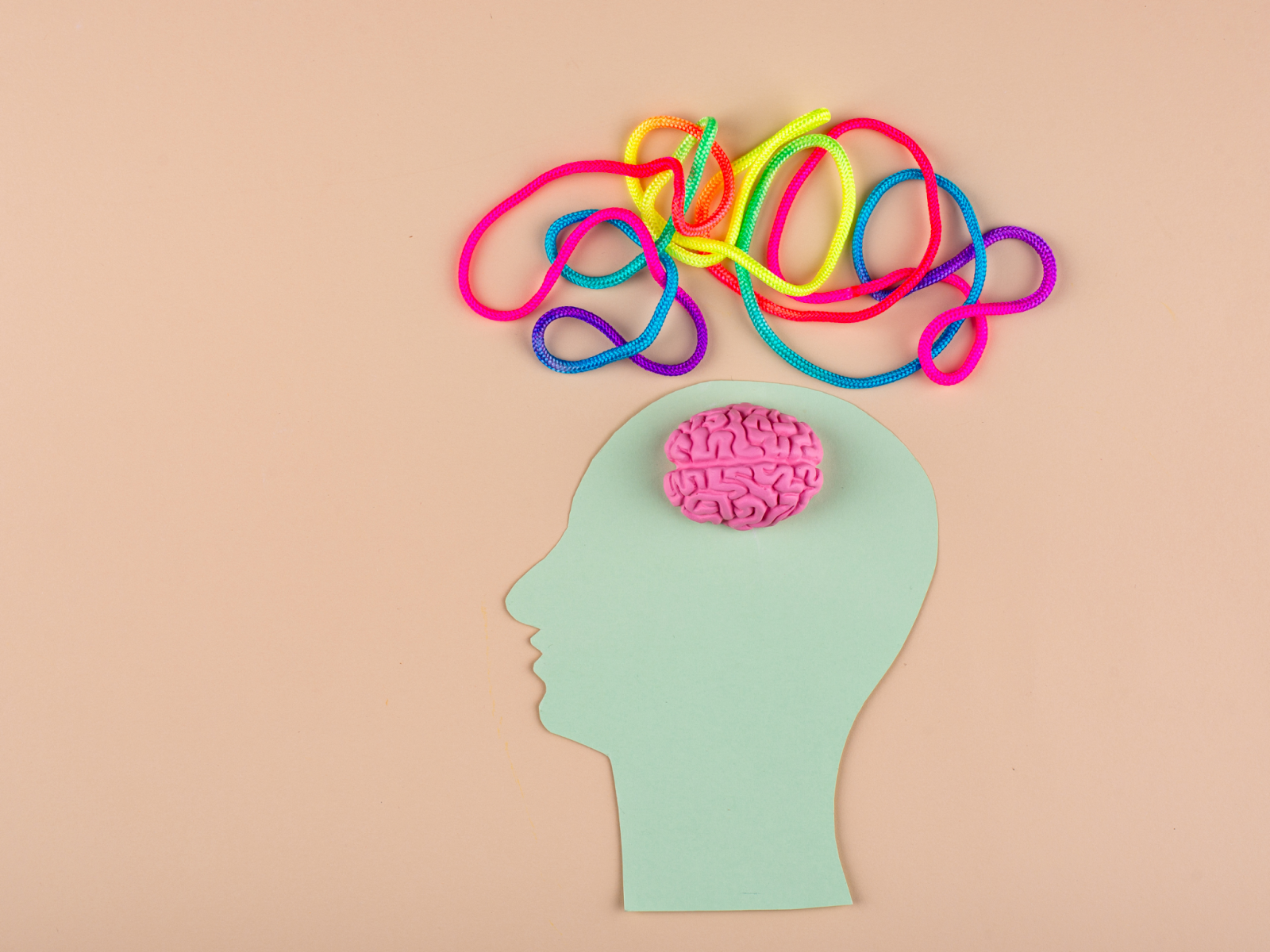Whether we realize it or not, the words we use matter. The use of neuro-affirming language can turn feelings of exclusion and marginalization into ones of support and inclusion. With a few respectful changes in word choice, you can choose to validate yourself and anyone else on the neurodiversity spectrum. This includes autism, but also other conditions associated with neurodivergence, like ADHD, OCD, and more.
But how do we learn neuro-affirming language? Are there best practices we can follow, and are there specific things to avoid? We’ll talk about these questions and more. But first, let’s define what it actually is.
What is Neuro-Affirming Language?
Neuro-affirming language is the use of vocabulary that accepts, acknowledges, and encourages the existence of neurodivergence. It’s also the avoidance of words that imply a disabled person has a reduced or broken function, like “impairment” or “disorder.”
Using neuro-affirmative terms began with the neurodiversity approach movement. This movement is all about seeing the value in all types of diversity in our society. It refuses to reduce people to normal and abnormal. Instead, the goal is to view the variations between neurotypicals and neurodivergents as something good for humanity.
Why use it?
To put it simply, you should use neuro-affirming language because words have meaning, but they’re also not set in stone. That means we get to choose how we talk about the things that matter most to us.
Autistic people and other neurodivergent individuals face stigmatization and oppression, often due to widespread ignorance or misinformation. These feelings of exclusion can sometimes stack on top of other marginalizations they may face, such as being queer.
There’s no better time than today to start using neuro-affirming language. It’s a very kind and easy way to support the recognition and rights of the neurodivergent community.
Neurodiversity Affirming Language Do’s and Don’ts
Given the various phrases and terms flying around the internet, it may seem overwhelming to know the right language to use from the wrong. Don’t worry if you make a mistake here or there. It’s possible to fail with dignity and learn from any mistake.
To make things easier, we’ve gathered some handy dos and don’ts for supporting neurodiversity.
Do:
- Use the words autism and autistic. For example, “Autism is a form of neurodiversity. Autistic people may process sensory information differently.”
- Use words like “support,” “therapy,” “education,” and “strategies.” Avoid the word “treatment.”
- Be specific with behavioral causes: sensory overload, anxiety, pain, etc. Avoid simplifying a neurodivergent person’s behavior as “challenging.”
Don’t:
- Use stigmatized/pathologized language, like “disorder.” Sensory processing disorder should be referred to as sensory processing differences.
- Use the terms “high functioning” or “low functioning.” A person’s function varies from day to day, regardless of whether they are neurodivergent or not.
- Define anyone as normal or abnormal. It’s better to use the terms “neurotypical” or “neurodivergent.”
Vocab to Know for a Neuro-Affirming Approach
The neuro-affirming approach to language uses terms that you may have heard—or even used before—without fully understanding their meaning. Let’s break down some of the most common words you’ll use to give you a better idea of why they’re important.
- Neurodiversity. This describes the neurocognitive function of every existing person, past and present. No one is marginalized outside of it. We all exist on the spectrum of neurodiversity.
- Neurodivergence. This is the existence and experience of those who are neurodivergent. Autism, ADHD, and OCD are examples of neurodivergences.
- Neurodivergent. This describes a person whose neurocognitive function is different from society’s standards of “neurotypical.” A person can be neurodivergent in one way or in multiple ways.
- Neurotypical. Neurotypical describes a person whose neurocognitive function matches and benefits from societal standards. They do not have a neurodivergence.
Discover More Neuro-Affirming Resources with NeuroNav
Neurodiversity and affirmation are empowering ways forward for both individuals and the community as a whole. If you’re new to neuro-affirming practices or are looking for more support, NeuroNav has the resources that can help.
Our independent facilitation services are led by teams of experts ready to guide you and your loved ones to a more inclusive, self-advocating future. Click here to schedule a consultation with us today.




